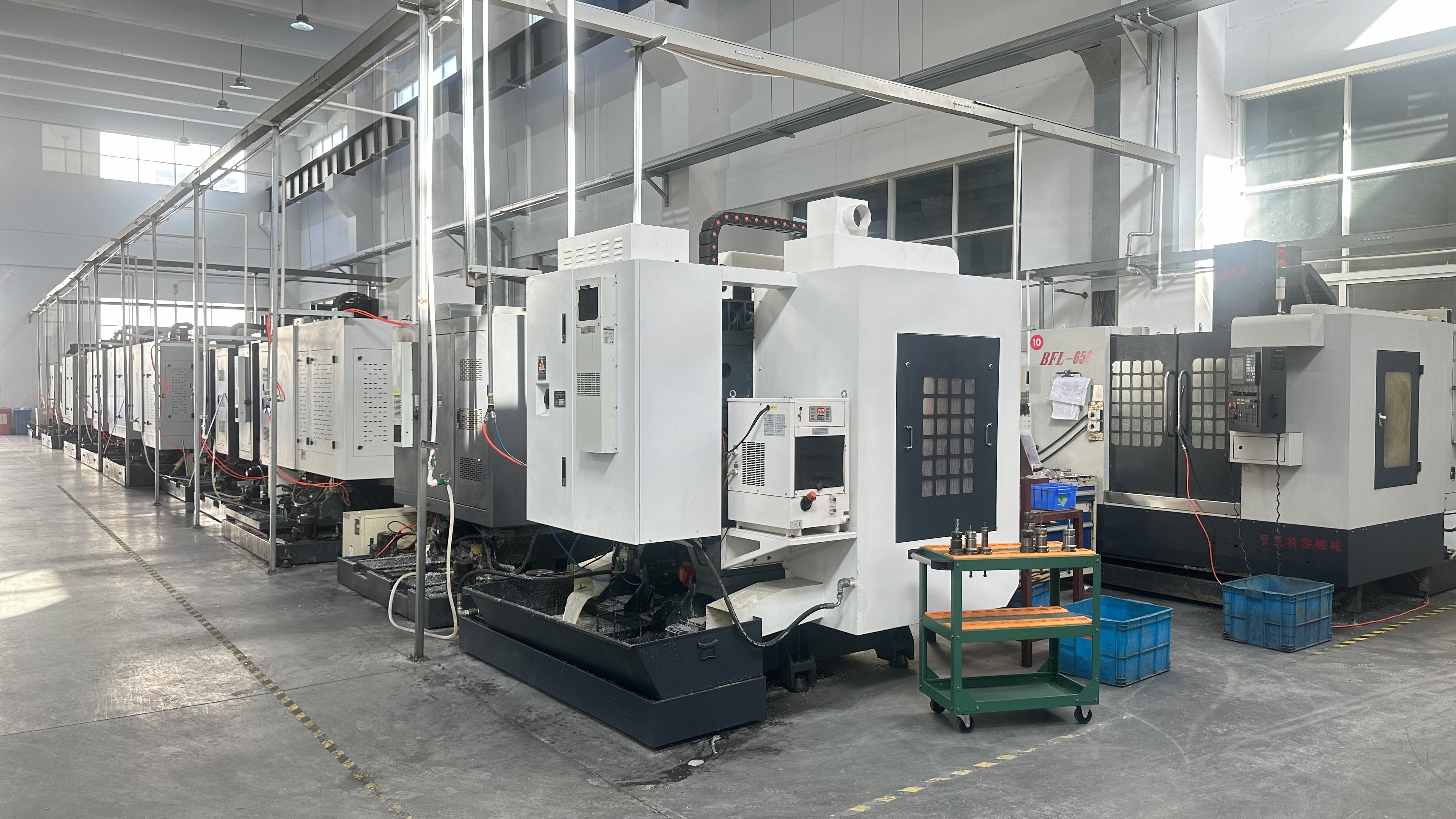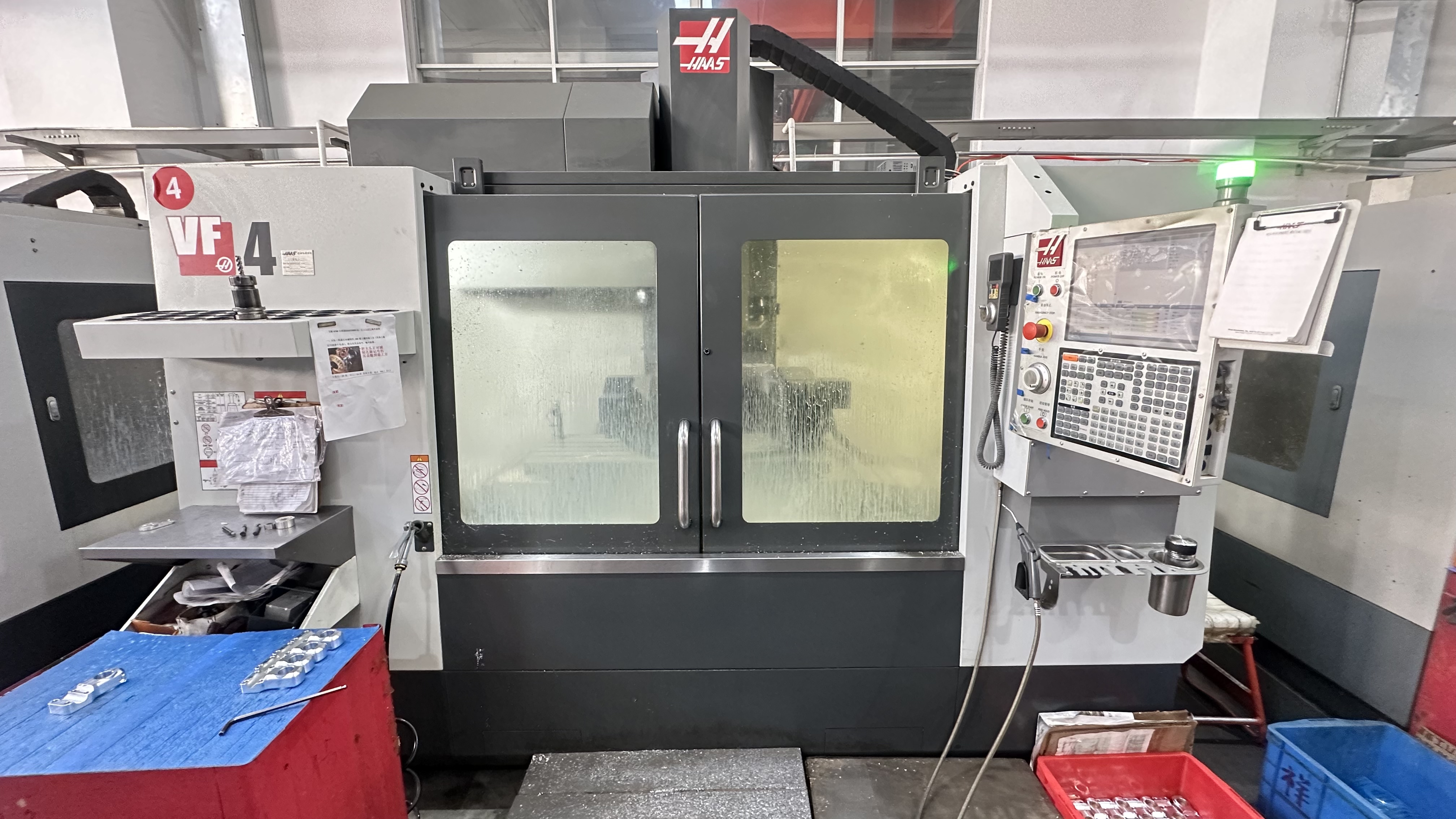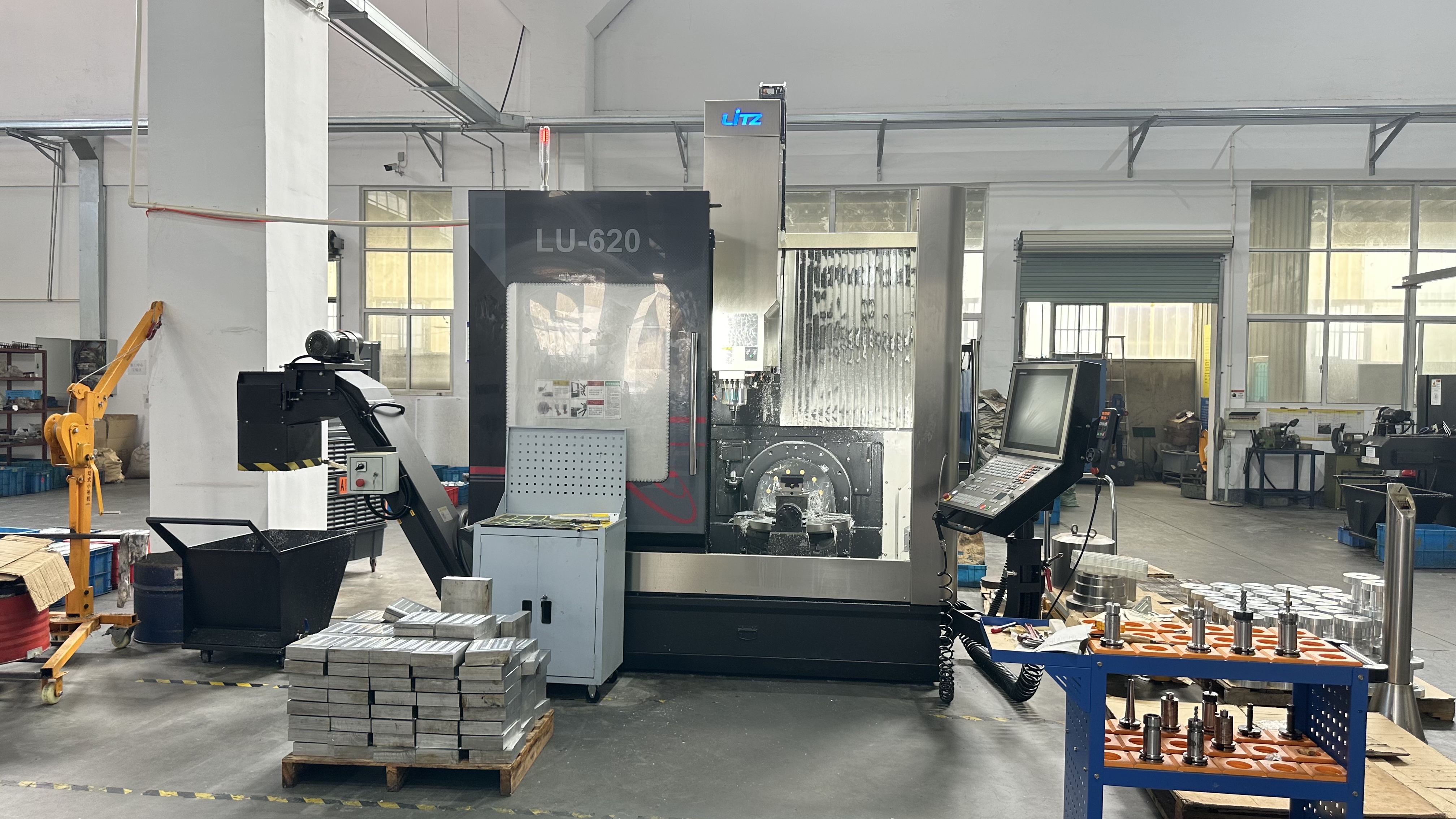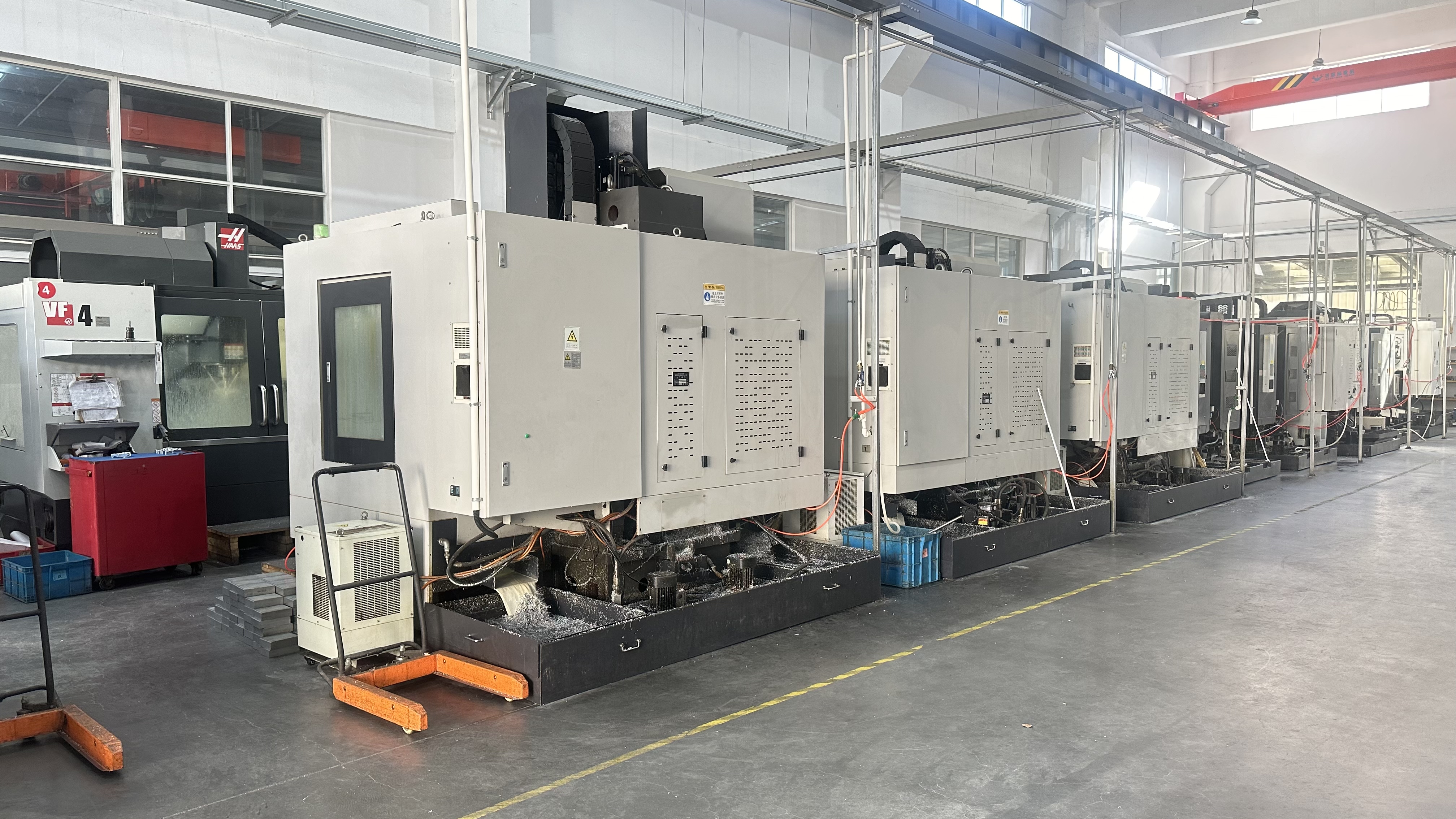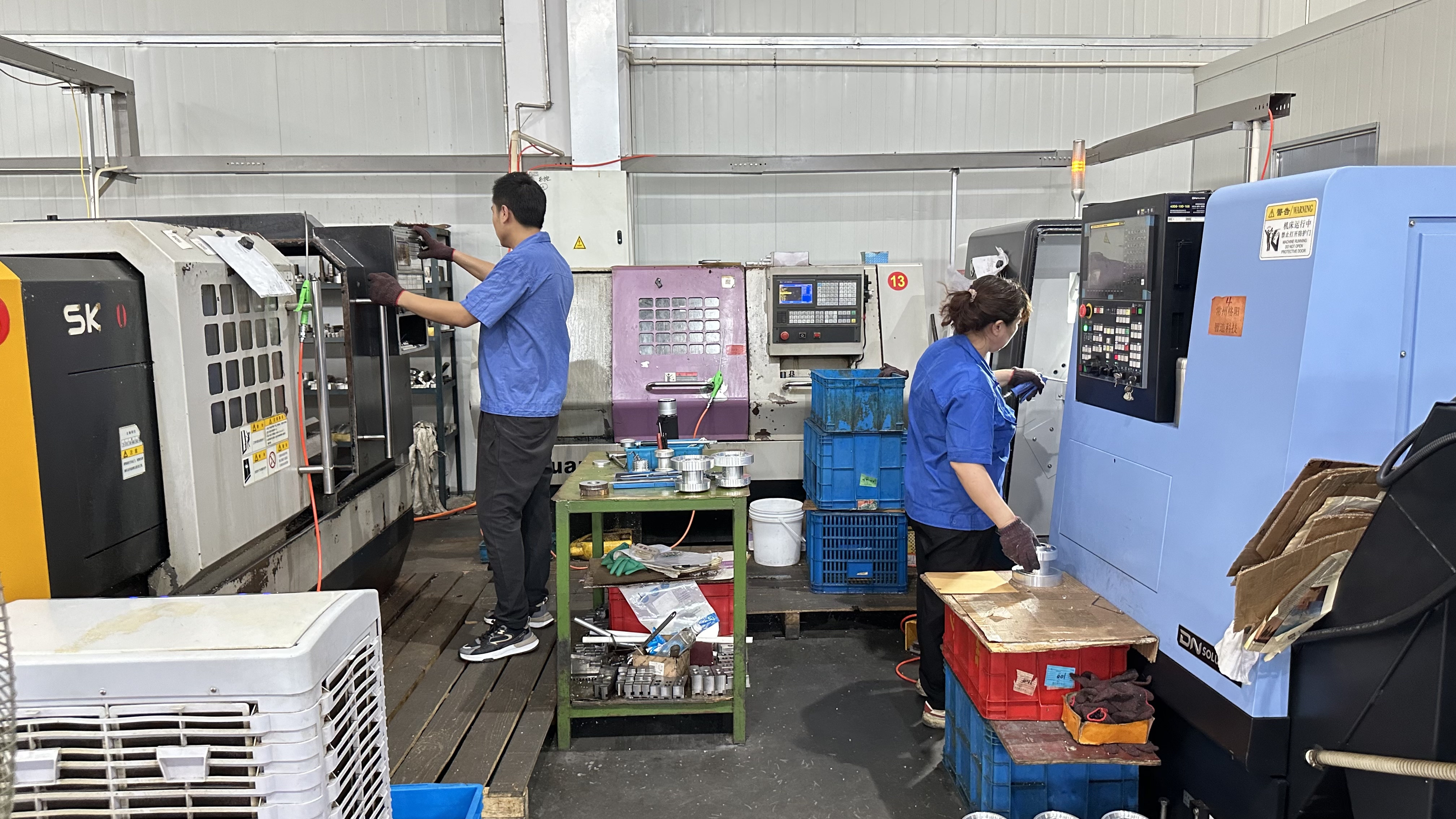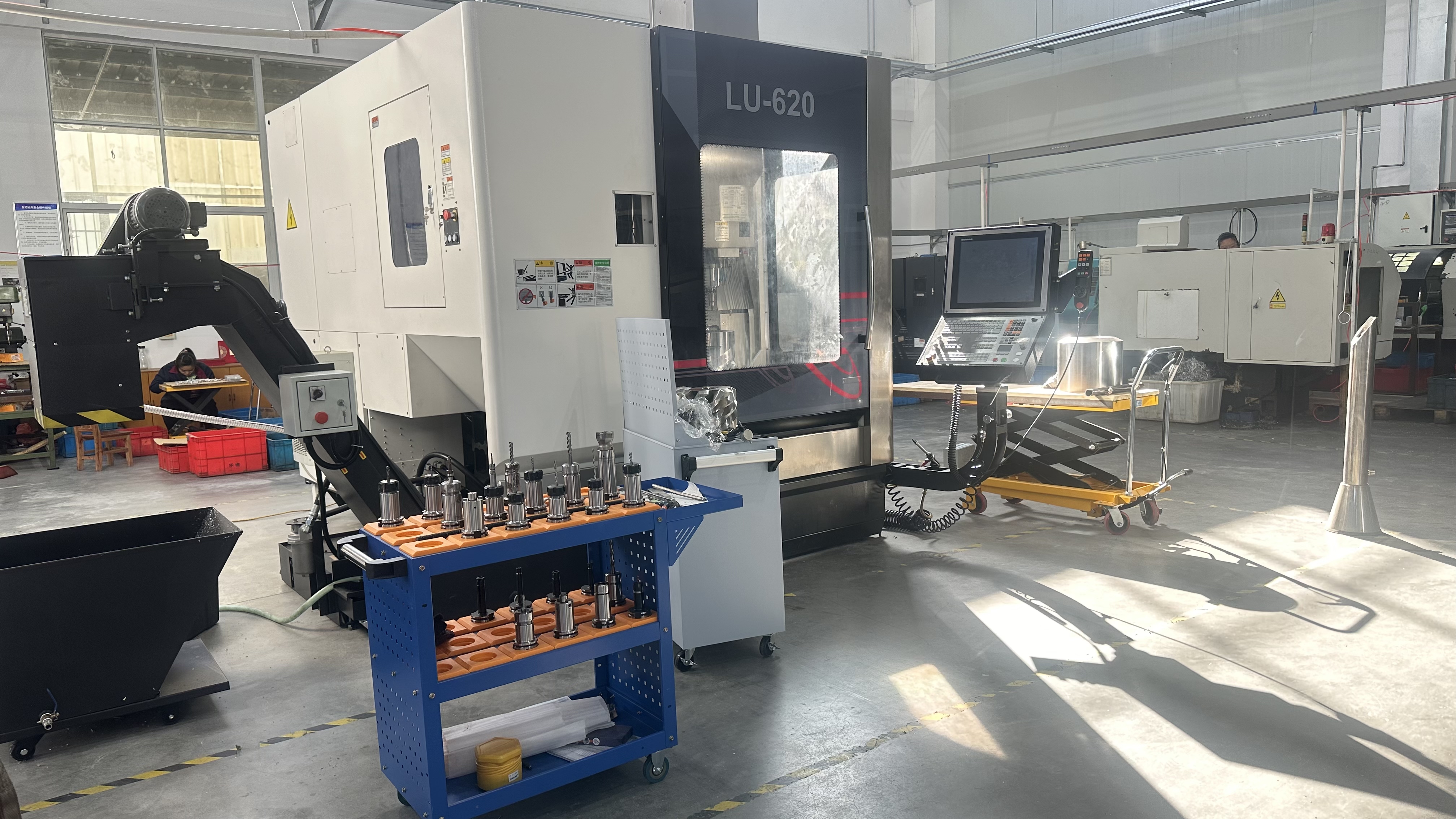These are pedal extensions that will bolt onto your existing pedals.
Go Kart Brake Pedal: Precision Braking for Total Control
The Go Kart Brake Pedal is a critical control component designed to deliver precise and responsive braking, ensuring safety and performance in go-kart racing and recreational setups. Crafted by Luckyway Metal, a trusted China-based manufacturer renowned for high-quality go-kart parts, it’s made from CNC-machined 6061 T6 aluminum or cold-rolled steel, measures ~2” x 3” with adjustable mounting points, and fits 1/2” to 1” chassis tubing. Compatible with #219 or #428 pitch drivetrains, engines from 150cc to 300cc (e.g., Predator 212cc, Rotax Max, IAME X30, Briggs LO206), and chassis from Tony Kart, OTK, Manco, and Trailmaster, it’s ideal for racers, mechanics, and DIY enthusiasts. This brake pedal builds on your interest in control components like pedal sets, foot pedal extensions, and two-bolt cable clamps (March 18, April 11-17, 2025), reflecting Luckyway’s expertise in durable, CNC-machined parts praised for precision and reliability (March 23, April 14, 2025). Whether you’re decelerating on a sprint track or building a custom kart, this brake pedal offers lightweight durability, ergonomic design, and seamless installation for confident stopping power.
What Is a Go Kart Brake Pedal?
A Go Kart Brake Pedal is a foot-operated lever mounted to the kart’s chassis, connected to the brake system (mechanical or hydraulic) to engage braking force. Crafted from lightweight aluminum for racing or robust steel for heavy-duty use, it features a textured surface for grip, adjustable positioning for driver comfort, and M6/M8 bolt mounts, as seen in Karting Direct’s universal kits and Vevor’s go-kart assemblies. This pedal ensures reliable stopping, critical for safety and control in competitive or casual karting, complementing your focus on pedal sets and foot pedal extensions (April 16-17, 2025).
Why Use a Go Kart Brake Pedal?
The brake pedal provides precise braking control, minimizing stopping distance and enhancing safety, aligning with your inquiries about control components like pedal grips and safety buckles (April 16, 2025). Its adjustable design accommodates various driver sizes, while Luckyway’s high-strength materials withstand intense braking forces, ideal for racers in classes like Rotax or ROK and builders upgrading for reliability in off-road or junior karts, per Point Karting’s setup standards. Offering easy integration like Luckyway’s two-bolt cable clamps (April 13, 2025), it ensures consistent performance, especially when paired with components like sprocket guards or wheel hubs (March 18, April 14, 2025).
Designed for Performance and Compatibility
Luckyway Metal’s Go Kart Brake Pedal is engineered for ~2” x 3” surfaces, with adjustable mounts for 1/2” to 1” chassis tubing, fitting universal or brand-specific assemblies on chassis like CRG, Kosmic, and Yerf-Dog. Available in black anodized aluminum or zinc-plated steel, it supports karts with 5” or 6” wheels, #219 (7.95mm) or #428 (12.7mm) chains, and engines from 150cc to 300cc, delivering a high-performance, versatile solution. Its design reflects Luckyway’s decade-long expertise in lightweight, durable parts, as seen in their alloy rims and steering wheels (April 14, 2025), ensuring seamless fit and function.
Key Features of the Go Kart Brake Pedal
Luckyway Metal’s Go Kart Brake Pedal combines premium materials, ergonomic functionality, and racer-centric design, making it a vital component for kart braking systems. Here’s what sets it apart.
CNC-Machined Aluminum or Steel Construction
Crafted from 6061 T6 aluminum (45,000 PSI tensile strength) or cold-rolled steel (100,000 PSI), the pedal weighs 0.3-0.5 pounds (e.g., aluminum at 0.4 lbs). Anodized or zinc-plated finishes provide 800-1,500 hours of corrosion resistance, ideal for wet or dusty conditions, as praised in Amazon reviews for Vevor’s go-kart kits and Luckyway’s CNC precision (March 23, 2025). This durability mirrors Luckyway’s sprocket guards and wheel hubs (April 14, 2025).
Adjustable Mounting for Driver Comfort
Slotted or multi-hole mounts allow 1-2” forward/backward or up/down adjustments, fitting juniors to adults, as seen in BMI Karts’ pedal assemblies. This flexibility, complementing your interest in foot pedal extensions for ergonomics (April 17, 2025), reduces fatigue and optimizes leg positioning, enhancing braking control during intense races or technical tracks with IAME X30 engines.
Textured Surface for Superior Traction
Knurled or ribbed surfaces, similar to your focus on pedal grips (April 16, 2025), offer 30-40% more traction than smooth pedals, per karting accessory blogs. Optional rubber pads dampen vibration, ensuring precise braking in wet or high-vibration conditions, critical for competitive karts with Rotax Max or Briggs LO206 engines, as noted in Karting Direct’s designs.
Easy Bolt-On Installation
With M6 or M8 bolts torqued to 6-10 ft-lbs, the pedal mounts to brands like Manco, Azusa, or Tony Kart, per gokartsupply.com’s listings. Its user-friendly design, akin to Luckyway’s two-bolt cable clamps (April 13, 2025), simplifies upgrades for pit crews or DIY builders, aligning with your preference for easy-installation parts like pedal sets and foot pedal extensions (April 16-17, 2025).
Applications of the Go Kart Brake Pedal
Luckyway Metal’s Go Kart Brake Pedal is versatile and durable, catering to diverse karting needs, from competitive racing to custom builds, resonating with your interest in components like spindle shafts, safety buckles, and two-bolt cable clamps.
Competitive Kart Racing Precision
In sprint, oval, or TAG racing, this brake pedal delivers precise stopping power on chassis like Tony Kart or OTK with engines like Rotax Max or IAME X30. Its adjustable design ensures optimal braking response in Senior Max or KZ classes, enhancing safety and control on asphalt tracks, meeting Point Karting’s high-performance standards, similar to your focus on performance parts like wheel hubs (April 14, 2025).
Recreational Kart Driver Safety
For club racers or casual drivers with Predator 212cc or Honda GX200 engines, the pedal improves braking reliability on Manco or Trailmaster chassis, boosting confidence on backyard tracks. Its lightweight aluminum, a hallmark of Luckyway’s go-kart parts (March 23, 2025), offers a robust upgrade for family karts, supporting your interest in pedal sets for ease of use (April 16, 2025).
Custom Kart Builds and Retrofits
DIY builders, reflecting your interest in axles, sprockets, and foot pedal extensions (April 11-17, 2025), use this pedal for bespoke karts with engines like Briggs LO206 or Tillotson. Adjustable mounts simplify integration in unique chassis, ensuring reliable braking, while anodized finishes add style, streamlining projects like Luckyway’s steering wheels and bumper keepers (April 14, 2025).
Off-Road and Junior Kart Reliability
In off-road conditions, the pedal’s corrosion-resistant materials maintain performance on rugged karts like Hammerhead, ensuring reliable braking in muddy trails. For junior karts, adjustable positioning fits young drivers, meeting safetyrisk.net’s control requirements, aligning with your safety buckle inquiries (April 16, 2025), and supporting safe operation in cadet racing.
Technical Specifications and Usage Guide
To maximize the Go Kart Brake Pedal’s performance, understanding its specs and installation is essential. Here’s a detailed breakdown.
Size and Compatibility
The pedal measures ~2” x 3”, with M6 or M8 bolts (1.0mm pitch) and adjustable mounts for 1/2” to 1” chassis tubing, supporting #219 (7.95mm) or #428 (12.7mm) drivetrains and axles from 25mm-50mm. It’s compatible with chassis from OTK, CRG, and Yerf-Dog, and engines from 150cc to 300cc (e.g., IAME KA100, Predator Ghost), per BMI Karts’ listings and Luckyway’s standards (March 23, 2025).
Material Strength and Durability
6061 T6 aluminum offers 45,000 PSI tensile strength, lasting 800-1,200 hours in dry or wet conditions with anodizing, while cold-rolled steel (100,000 PSI) endures 1,000-1,500 hours with zinc plating. Both resist wear and vibration, ensuring braking reliability, as per Luckyway Metal’s standards for parts like wheel hubs (April 14, 2025).
Step-by-Step Installation Guide
Preparation: Confirm chassis tubing (e.g., 1”) and pedal compatibility (e.g., M6 bolts). Gather pedal, mounting bracket, M6/M8 bolts, and tools (10mm wrench, screwdriver).
Positioning: Align pedal on chassis, adjusting for driver leg length (e.g., 1” forward for juniors). Ensure brake cable or hydraulic line connects without stretching, per gokartsupply.com’s guides.
Securing: Tighten M6 or M8 bolts to 6-10 ft-lbs in a crisscross pattern, securing pedal and bracket. Apply thread locker for racing, as suggested in Amazon reviews for Vevor kits.
Final Check: Test pedal travel for smooth operation and no binding. Engage brakes at idle to confirm response, repositioning if pedal sticks or misaligns.
Maintenance Tips
Inspect for corrosion, surface wear, or bolt looseness after races or wet runs, cleaning with a brush and mild solvent. Re-tighten bolts after 50 hours and replace pedal if bent or cracked, typically after 800-1,500 hours depending on material and conditions. Store dry to prevent oxidation, as advised for Luckyway’s alloy rims (April 14, 2025).
Changzhou Luckyway Metal Technology Factory Show




















